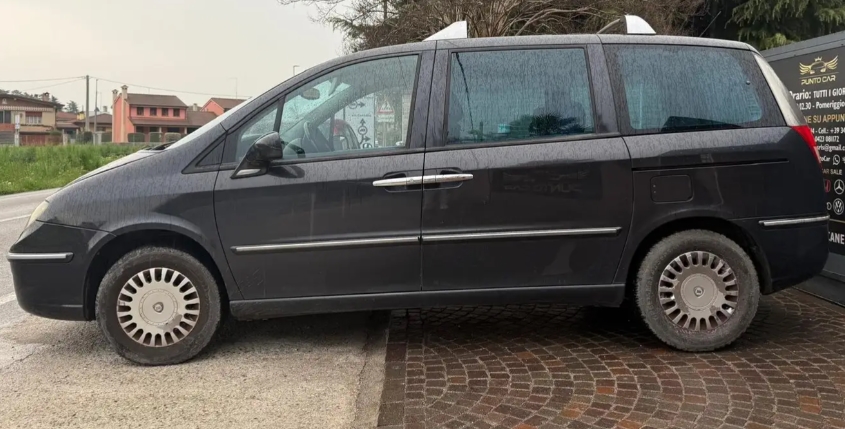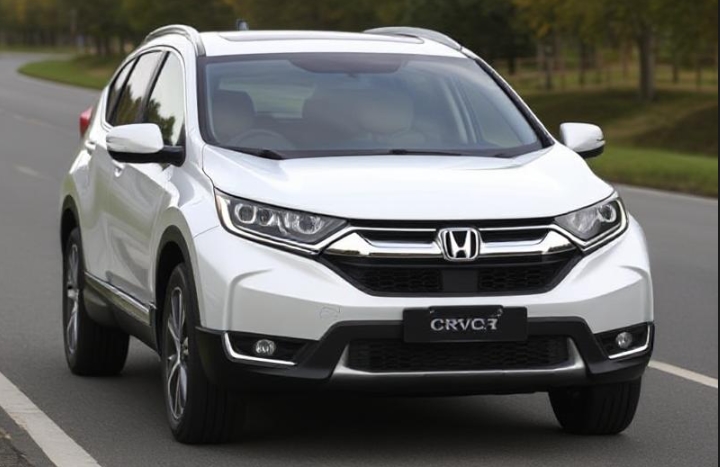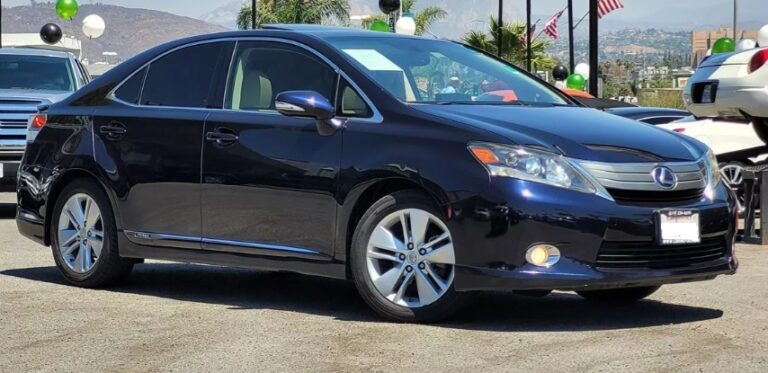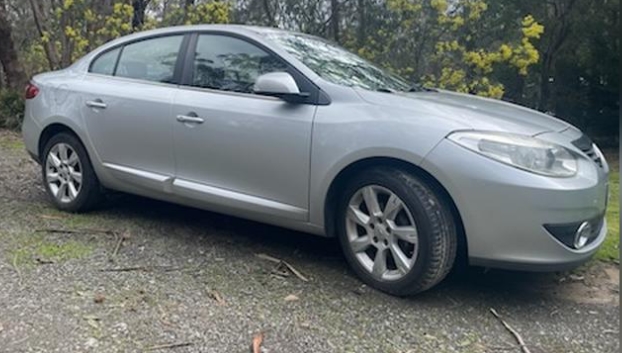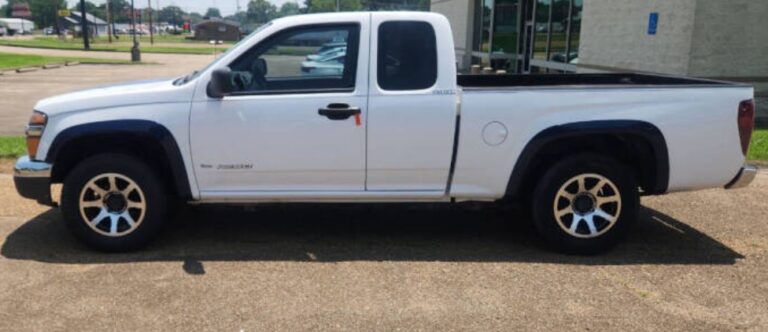The Evolution of the Lancia Phedra
The Lancia Phedra is a distinctive example of Italian automotive design and innovation in the minivan segment. Manufactured by the renowned Italian automaker Lancia, the Phedra represents a blend of practicality, luxury, and advanced engineering. Spanning over a decade of production, the Phedra underwent various updates and trim variations to cater to diverse markets and customer preferences. This article chronicles the evolution of the Lancia Phedra, detailing its production timeline, models, and trim levels.
Introduction and Background
Launched in 2002, the Lancia Phedra was introduced as a luxury minivan aimed at families and corporate clientele seeking versatility combined with premium features. It was built on the Fiat Group’s versatile platform, sharing components with other models like the Fiat Ulysse and Citroën C8, reflecting the collaboration within the Fiat Chrysler group.
The Phedra was designed to compete with other high-end minivans, offering a spacious interior, refined ride quality, and a comprehensive array of comfort and safety features. Its production lasted until 2010, after which it was discontinued as the segment shifted towards crossover SUVs and other vehicle types.
Production Timeline and Key Milestones
| Year | Notes |
|---|---|
| 2002 | Launch of the first-generation Lancia Phedra |
| 2005 | Facelift with styling updates and new features introduced |
| 2008 | Second facelift and introduction of new trim levels |
| 2010 | End of production, market withdrawal |
First Generation (2002-2005)
Introduction and Design
The first-generation Lancia Phedra debuted at the Geneva Motor Show in 2002. Built on the Fiat Ulysse platform, it shared its underpinning with other FCA models but distinguished itself through Lancia’s characteristic styling and luxury appointments.
Exterior Design:
The Phedra featured a sleek, aerodynamic profile with smooth lines, a distinctive front grille, and integrated headlights, emphasizing elegance over utilitarian design.
Interior Features:
The cabin was spacious, with configurable seating arrangements (up to seven passengers), high-quality materials, and advanced features for the time, including climate control, premium audio systems, and optional leather upholstery.
Engine Options
Initially, the Phedra offered a range of gasoline and diesel engines:
- 2.0L Inline-4 Gasoline (115-136 hp)
- 2.2L JTS Gasoline (137 hp)
- 2.0L JTD Diesel (116-136 hp)
- 2.5L JTD Diesel (143 hp)
- 3.0L V6 Diesel (177 hp) (introduced later)
Trim Levels and Features
At launch, the Phedra was offered in several trim levels:
- Basic/Standard:
Basic features included manual air conditioning, fabric seats, and manual windows. - Executive:
Added features such as power windows, upgraded audio, and alloy wheels. - Luxury:
Included leather upholstery, automatic climate control, and enhanced interior trim.
Market Position
The first-generation Phedra was positioned as a premium family vehicle, blending Italian styling with practical features. It was especially popular in European markets, notably Italy and France.
Facelift and Update (2005-2008)
Styling and Features Refresh
In 2005, Lancia introduced a facelift to the Phedra, focusing on modernizing its appearance and improving comfort and safety.
Exterior Changes:
The facelift included revised front grille, new headlights with integrated LED daytime running lights, and updated bumpers. The rear taillights were also redesigned, giving the vehicle a more contemporary look.
Interior Enhancements:
Upgraded dashboard with new instrumentation, improved materials, and additional technological features such as Bluetooth connectivity and optional navigation systems.
Engine and Performance
The engine lineup remained largely unchanged but saw improvements in emissions and efficiency. The diesel engines, especially the 2.0L JTD and 2.5L JTD, gained increased torque and better fuel economy.
Trim Levels
New trim designations were introduced:
- Phedra Silver:
Entry-level, with essential features. - Phedra Gold:
Mid-level trim with additional comfort and convenience features. - Phedra Platinum:
Top-tier trim, offering full leather interior, advanced audio, and safety features such as parking sensors and stability control.
Market and Reception
During this period, the Phedra gained recognition for its refined ride and luxurious options. It was particularly favored by corporate fleets and private buyers seeking a luxurious minivan.
Second Generation and Final Years (2008-2010)
Second Facelift and Model Refinement
In 2008, Lancia introduced a second facelift, emphasizing sophistication and technological improvements.
Design Evolution:
The exterior received more aggressive styling cues, with sharper headlights, a more prominent grille, and redesigned bumpers. The interior saw further upgrades, including new dashboard layouts and higher-quality materials.
Technological Features:
The 2008 model incorporated electronic stability control, advanced safety features, and optional multimedia systems.
Engine Options
The engine range was streamlined, focusing on diesel variants known for their efficiency:
- 2.0L JTDm Turbo Diesel (140-170 hp)
- 2.2L JTDm Turbo Diesel (150-185 hp)
- 3.0L V6 JTDm Diesel (235 hp) (introduced in later models)
Gasoline versions were phased out due to shifting market preferences.
Trim Levels and Special Editions
The final years saw the introduction of new trim packages and special editions:
- Phedra Argento:
Featuring metallic paint, premium audio, and upgraded interior features. - Phedra Oro:
Special edition with exclusive interior trims, advanced multimedia, and luxury appointments. - Phedra Executive:
Focused on comfort, with features like heated seats, advanced safety systems, and premium materials.
Discontinuation
By 2010, the market trend shifted away from traditional minivans toward crossover SUVs, prompting Lancia to phase out the Phedra. It was replaced in the FCA lineup by other models emphasizing versatility and luxury, but it remains a notable example of Italian automotive luxury in the minivan segment.
.
MANY auto lovers not only spend time in their garages to tinker on their autos, but have other projects going on in there as well. Wood working is a popular pastime for the creative type of individual. Not sure what to make next? Or thinking about getting into this kind of hobby? There’s lots of possibilities… Here’s some of them…

.
Legacy and Impact
The Lancia Phedra, though produced for a relatively limited period, made a mark as a luxury minivan that combined Italian design flair with practicality. Its multiple facelifts and trim levels reflected a commitment to evolving customer preferences, and its technological features were advanced for its time.
Despite its discontinuation, the Phedra is remembered for its elegance, comfort, and the unique positioning within Lancia’s lineup as a premium family vehicle.
Conclusion
The evolution of the Lancia Phedra from 2002 to 2010 illustrates the automotive industry’s adaptation to changing market demands, technological advancements, and design trends. Through its various models and trim levels, it offered buyers a blend of luxury and practicality, encapsulating the Italian flair for style and comfort. While no longer in production, the Phedra’s legacy endures among enthusiasts who appreciate its distinctive character and engineering excellence.
